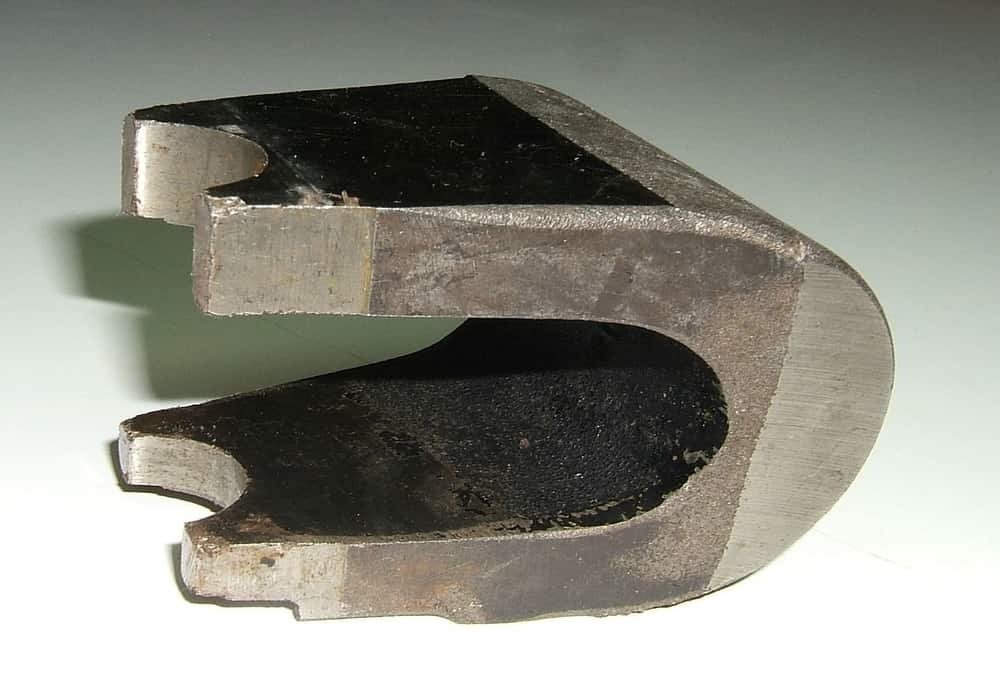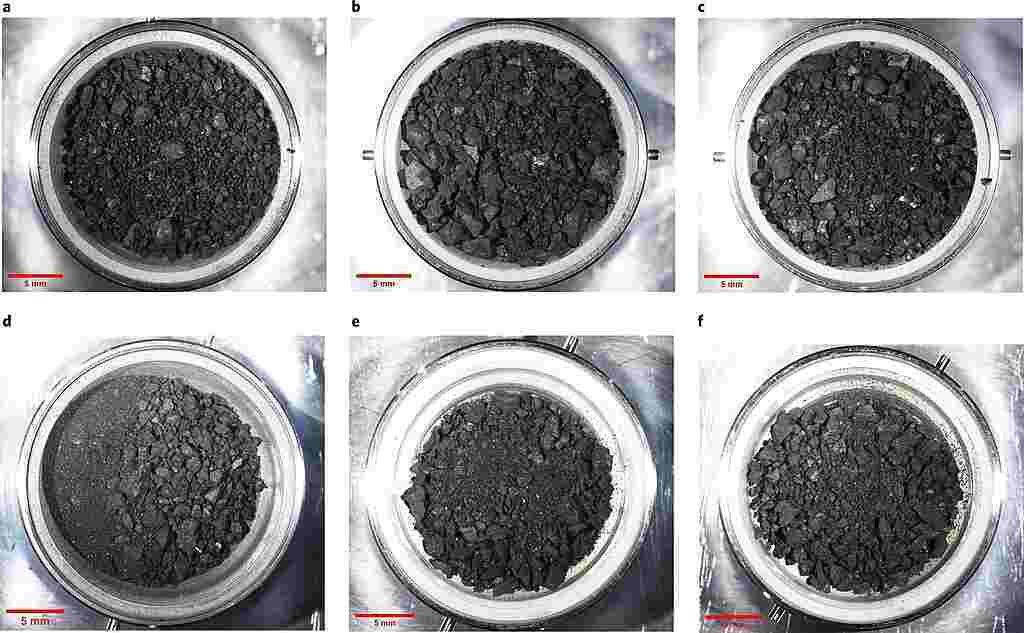How to increase the strength of a magnet?
The ideal would be to completely cover the magnet with a layer of very dense wire and well applied to the metal of the magnet whose magnetic field would be closed by an iron part connecting its poles. This is how Increase the strength of a magnet:
1. Identification of the North and South poles
The first thing to do is to identify the poles of the magnets to be re-magnetized (1). In fact, the remagnetization pulses that are going to be applied must be sent in the right direction to reinforce the remanent magnetization and not cancel it or reverse it.
To do this, we use a compass that we bring close to one of the branches of the magnets: the North pole of the magnet is the one that attracts the South pole of the needle of the compass (the one that does not is not colored).
2. Rub the North Pole from the middle of the metal to the end
Pass the magnet, pressing it firmly against the piece of metal. This friction will align the iron atoms in one direction. Rubbing the metal multiple times will give the atoms more opportunities to line up.
Hit the negative side again at least 10 times. Ten hits are enough to start. You can hit more or less, as long as the metal works like a magnet to your liking.
3. Keep rubbing the magnet against the object to increase the magnetism
Always be sure to rub it in the same direction. After ten rubs, check the magnetism again. Repeat the procedure until the magnet is strong enough to lift the paper clips. If you rub in the opposite direction to the North Pole, you will actually demagnetize the metal.
If the metal still doesn’t retain magnetism, it probably doesn’t contain a lot of iron. Use this method again with a metal that has a high iron content.
How to strengthen the magnetic field on an electromagnet (coil)
1. Strengthening the Magnetic Field By Making An Iron Core In The Coil
This method is done by placing a piece of iron in a coil which is electrified. The iron will become a non-permanent magnet (artificial or remanent). Because the iron core becomes magnetic, the iron core will produce a magnetic field. On the other hand, the coil will also produce a magnetic field in the same direction in the iron core.
This will cause a strengthening of the magnetic field. The strengthening of the magnetic field is obtained from the sum of the magnetic field produced by the iron with the magnetic field produced by the coil.
2. Strengthening the Magnetic Field By Increasing the Number of Coils
Each electromagnet coil produces a magnetic field. Increasing the number of coils will certainly strengthen the overall magnetic field. The strength of the electromagnetic field is the sum of the magnetic fields produced by each coil.
3. Strengthening the Magnetic Field With a Magnifying Current Flowing On the Coil
The amount of current flowing in the coil is directly proportional to the magnitude of the magnetic field. Each electron flowing in the conductor produces a magnetic field. Thus the total field depends on the number of electrons flowing every second or the total field strength is determined by the amount of current flowing in the coil.
Read also: E=MC2 | How did Albert Einstein found the E=mc² formula?
Is the bond strength of several stacked magnets as great as that of a single magnet of the same height?
10 S-06-04-N magnetic discs have almost the same adhesive force as 4 S-06-10-N magnetic cylinders.
The coating of the magnets as well as irregularities reduce the bond strength of a stack of magnets compared to a single magnet of the same height.
But uncoated magnets, perfectly stacked, behave as a single magnet of the same height and quality.
The decrease in the adhesive force due to coating and irregularities is however minimal and the larger the magnet, the less important it is.
If the magnet of the desired size is not available, the combination of several magnets may be considered as an alternative.
Note: The force between the magnet at the top and the rest of the stack may be much less than the force between the stack and the steel plate so that the stack may break in the middle even though the force theoretical adhesion has not yet been achieved. This is the downside of a stack of magnets compared to a single magnet of the same size.
Sources: PinterPandai, Plasma Science and Fusion Center, Reference
Photo credit: Wikimedia Commons
Photo explanations: Alnico magnet (a family of iron alloys) from a magnetron tube used in an early microwave oven. About 3 inches (8 cm) long. Two such magnets are used, placed pole to pole (N to N, S to S), with their poles embracing the tube.



